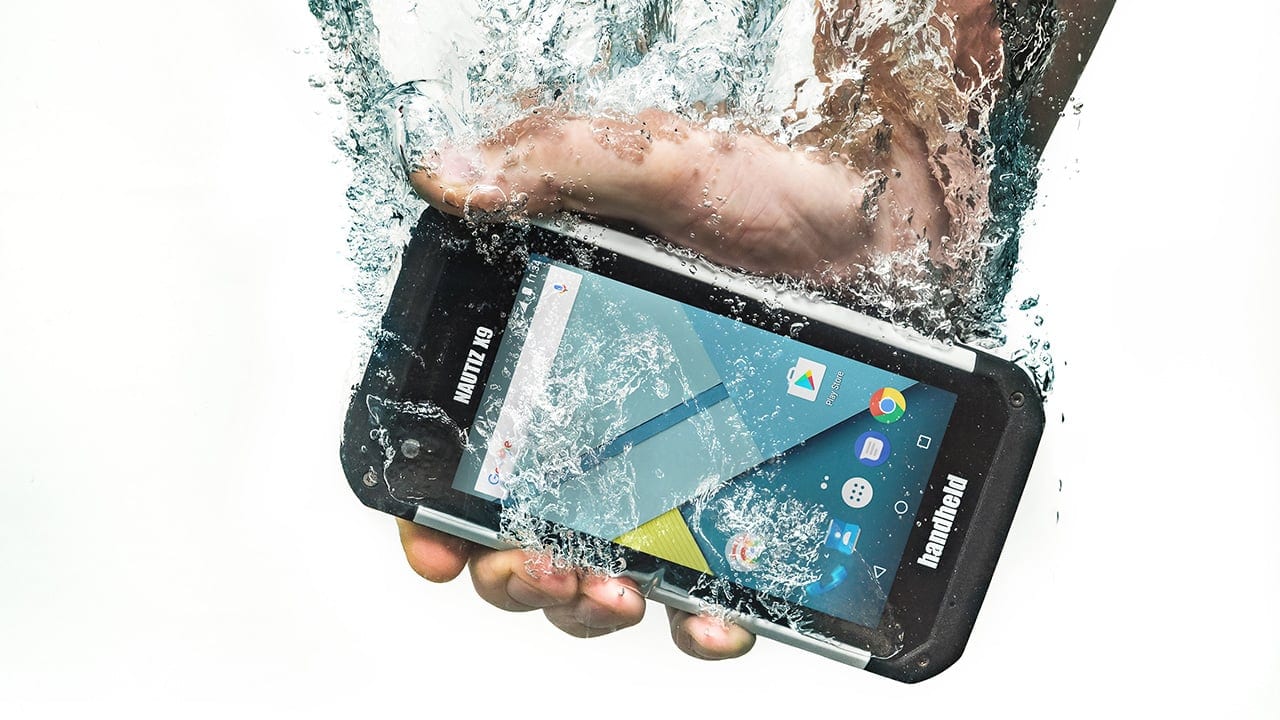How sealed is a device?
Now let’s look at another example. Sealing. How well can a device keep liquids from getting inside (which is almost always fatal to electronics)? Since rugged handhelds are used outdoors, they obviously must be able to handle rain. But that’s not enough. Working around water means that eventually, it will fall into the water. What degree of protection is reasonable? Given that most consumer phones are now considered waterproof, rugged handhelds should be as well. The question then becomes what degree of immersion the device can handle, and for how long.

Here again, much is common sense. No one expects a device to fall off a boat into a deep lake and survive that. But if it falls into a puddle or a shallow stream, it should be able to handle that. The most often used measure of sealing performance is IEC standard 60529, the IP Code. IP67, for example, means a device is totally sealed against dust, and can also survive full immersion to about three feet. Unfortunately, the IP rating is imperfect. Several liquid protection levels are qualified with a “limited ingress permitted.” Electronics cannot handle any degree of ingress. Amount of liquid, pressure of the liquid, and time of exposure all matter. And what happens if a protective plug is not seated properly? So here again, specs should include the summary, with the exact testing procedure in supporting documentation.
I will not go through every single environmental threat, as the approach is always the same: What is the device likely to encounter? How is it protected against that threat? How was resistance tested? Who tested it? And what was the result?





